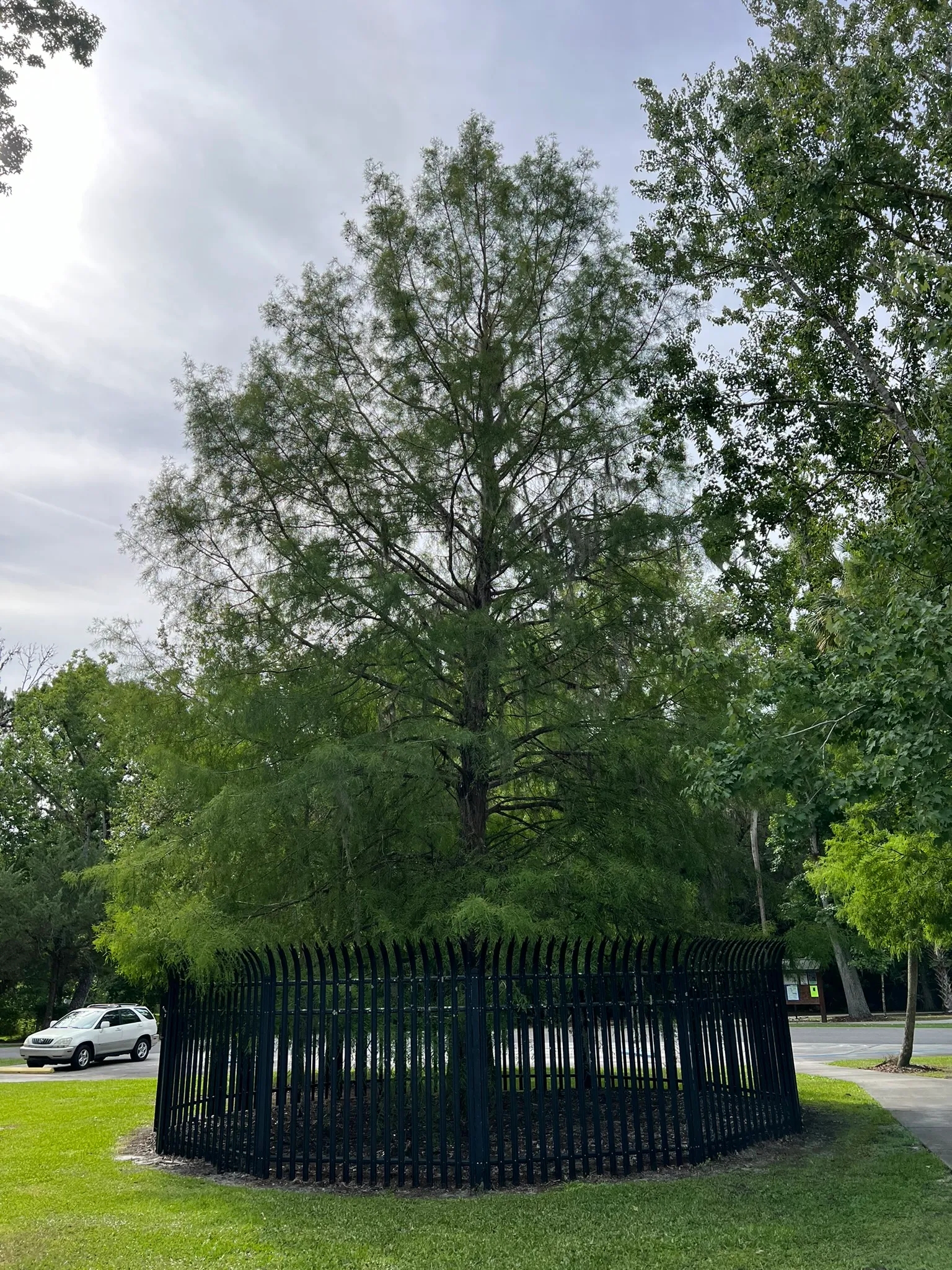Sweetbay Magnolia
The Sweetbay Magnolia (Magnolia virginiana) is a graceful, slender, flowering, deciduous to semi-evergreen native shrub or tree that adds a touch of elegance to any landscape. Typically growing 10 to 35 feet tall and wide, it can present as a multi-stemmed shrub or a single-trunked tree with an open, rounded crown. Especially in the deep South, it can reach heights up to 100 feet. Its glossy, dark green leaves have a striking silvery underside that shimmers in the breeze. From late spring to early summer, it produces highly fragrant, creamy white, cup-like flowers, 2 to 3 inches in diameter, with 9 to 12 petals. These beautiful blooms open in the morning and close at night, lasting for a few days. Following the flowers are cone-like fruits containing bright red seeds, which provide food for wildlife in late summer and fall. Native to the southeastern US, the Sweetbay Magnolia thrives in moist to wet, acidic soils and is an excellent choice for specimen planting, shrub borders, or near water features.
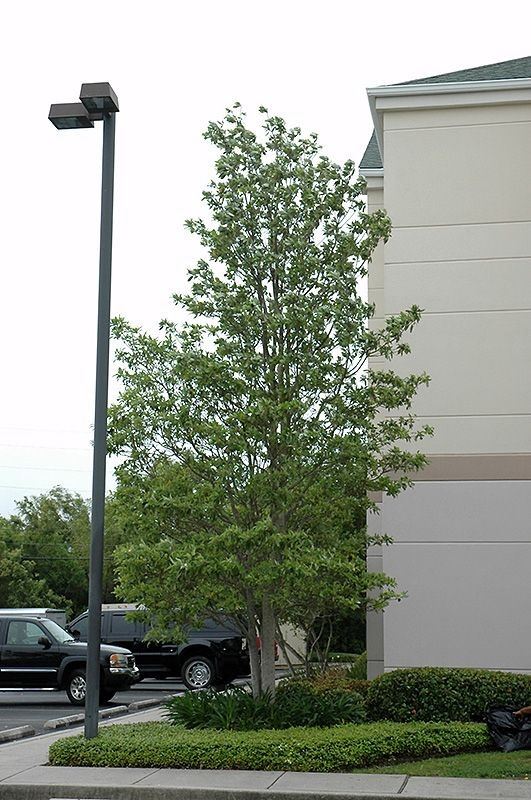
Sizes Available
Wholesale Only
1 Gallon
$4.00
3 Gallon
$8.00
7 Gallon
$22.00
15 Gallon
$50.00

A close-up of a fragrant, creamy white Sweetbay Magnolia flower in bloom.
Scientific Name: Magnolia virginiana
Common Name(s): Sweetbay Magnolia, Swamp Magnolia, Beaver Tree, Swamp Sassafras, White Laurel, and many others (see full list provided)
Hardiness Zones: 5a-10b
Height: 10-35 feet (can reach 100 feet in the deep South)
Spread: 10-35 feet
Growth Rate: Moderate
Foliage: Spring & Summer: Glossy, laurel-like, dark green on the upper surface, silvery and pubescent beneath. Can be deciduous, semi-evergreen, or evergreen depending on the climate. Fall: Insignificant color change.
Bark: Thin, smooth, reddish-brown to gray, may become slightly rough with age.
Sun: Full sun to partial shade
Soil: Consistently moist to wet, acidic, and organically rich soils are preferred. Tolerates wet, swampy, and boggy conditions.
Wildlife Value: Larval host plant for the Eastern Tiger Swallowtail and Spicebush Swallowtail butterflies. Seeds are eaten by various birds and small mammals. Foliage and twigs are browsed by white-tailed deer. Flowers are pollinated primarily by beetles.
Why Choose Sweetbay Magnolia?
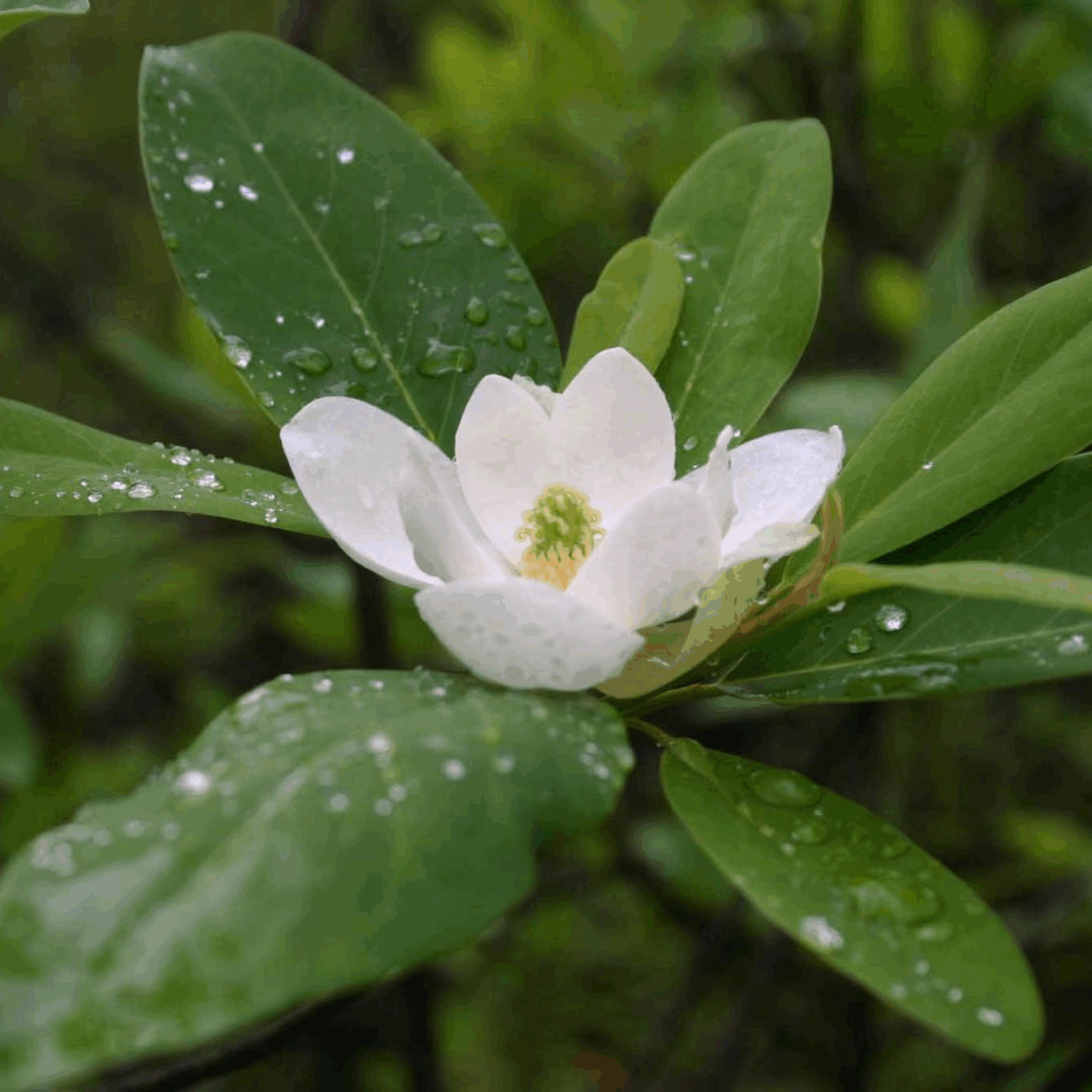
Fragrant Flowers:
Produces beautiful, creamy white, lemon-scented flowers that bloom from late spring through summer.

Adaptability to Wet Soils:
Tolerates consistently moist to wet conditions, making it suitable for areas where other magnolias won’t thrive.
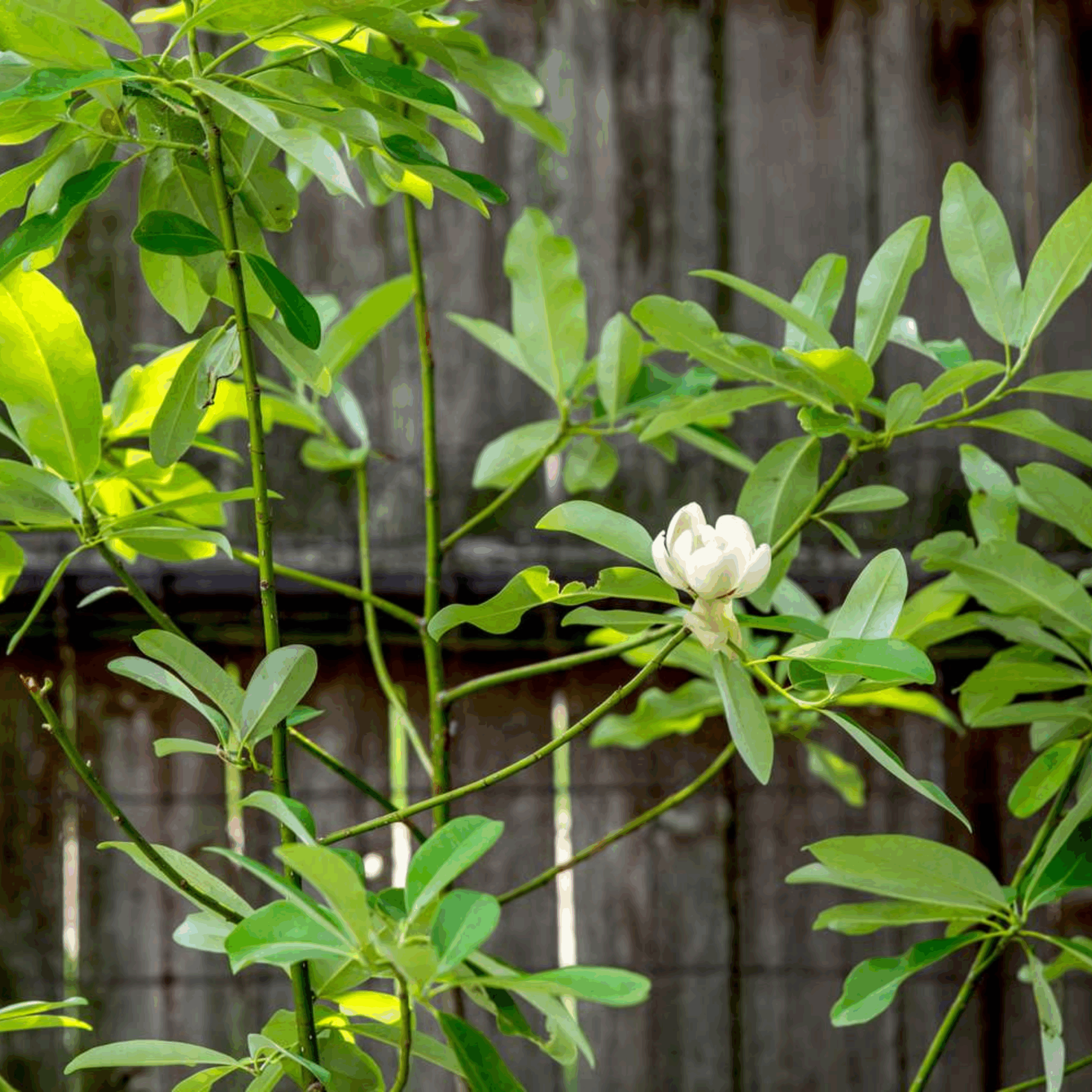
Attractive Foliage:
Offers year-round interest with its glossy green leaves and contrasting silvery undersides.
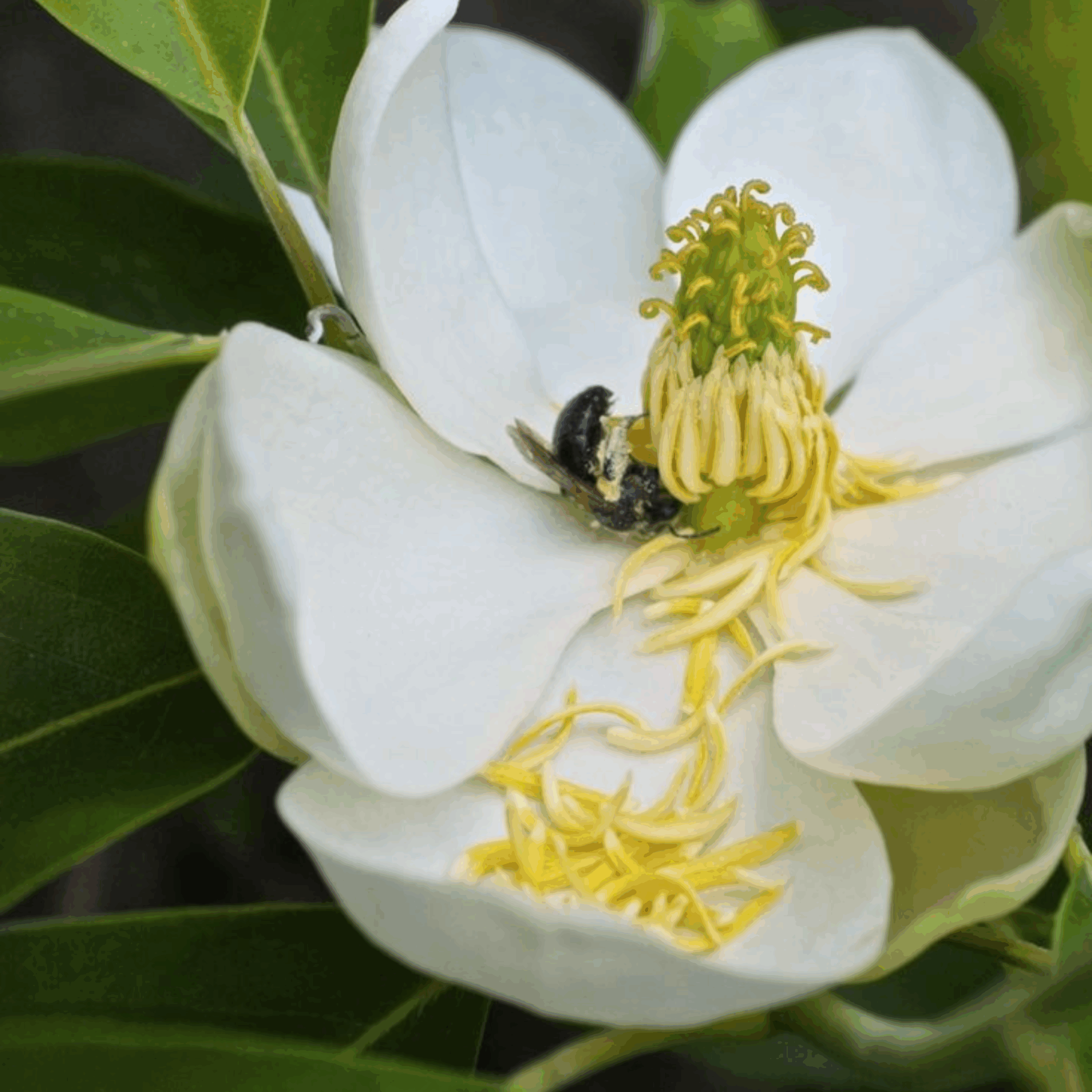
Wildlife Value:
Supports a variety of pollinators and provides food and shelter for wildlife.
Environmental Benefits of Planting Sweetbay Magnolia
This data is based on US Averages of healthy and mature trees over a 20-year period.
Check out the USDA’s MyTree Tool to input your custom location data.

A single sweetbay magnolia can offset the CO₂ emissions produced by driving an average gas-powered car for 14,139 miles.

A single sweetbay magnolia can absorb enough stormwater to fill 1,135 bathtubs, reducing erosion, runoff, and supporting transpiration.

A single sweetbay magnolia removes as much air pollution as the weight of 126 smartphones.
Featured Projects
Central Florida Lands and Timber Nursery, LLC. is a wholesale nursery specializing in a wide array of Florida native trees. With an inventory of over 2 million container-grown trees, CFLTN, LCC can meet the needs of large-scale reforestation, mitigation, and landscaping projects throughout the Southeast region.
Phone
(386) 294-1211
Address
3087 North County Road 53 Mayo, Florida 32066


